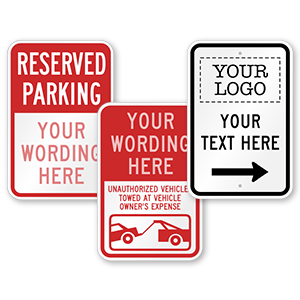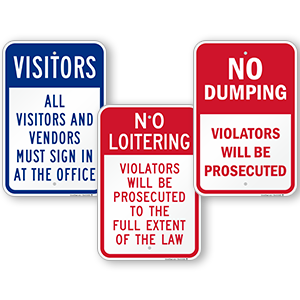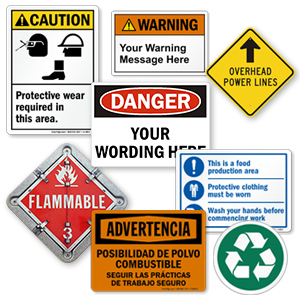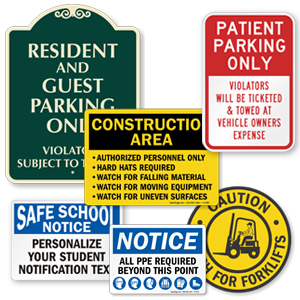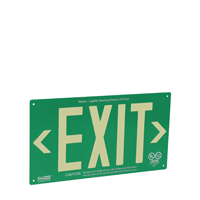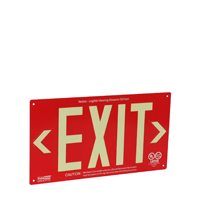There is often confusion over which colors are allowed when choosing an Exit sign for your building. Exit sign requirements vary by state and municipality, which is why it's important to check with your Fire Marshall to see whether Green Exit Signs
or Red Exit Signs are required in your building. The information below is for general guidance, only. For many, however, it is also important to get a “sense” of any color preference – so that your building is as consistent as possible with others in your area. Even though the European Union generally uses Green
Exit Signs (Red is used to specify prohibited actions), our UL 924 standards allow either Green Exit signs or Red Exit signs. Yet, localized codes often specify one or the
other.
State Summary
With structural fire accidents and fire-related deaths growing significantly in 2007, Massachusetts takes fire Exit safety even more seriously. Massachusetts recommends red Exit signs, but Fire Marshal decisions can vary based on your location in either Eastern or Western Massachusetts. Boston is known for progressive environmental laws in addition to their fire safety laws; Tufts University, for example, bans the use or purchase of Tritium Exit Signs in their facilities. Also, in response to the night club tragedy in nearby Rhode Island, a greater push toward the addition of low-level Exit signs is happening throughout New England. Not only is the size, luminance, and color important, but the strategic location of low-level Exit signs are also highly recommended in all buildings. Governor Mitt Romney proposed a bill that would overhaul the state’s fire safety codes addressing building egress, enhancing exit identification with low-level path lighting, outlining exit doors with luminescent marking, exit sign lighting and regular testing and maintenance of exit signs and other equipment.


